Early Build Up Threatens To Ruin Tourist Beach Days
Premature buildups of seaweed are causing concern among travelers who have upcoming trips booked to Cancun.
This particular type of seaweed, known as sargassum is an annual battle for coastal cities in the Mexican Caribbean and much further beyond. Cancun, Tulum, and Playa del Carmen have long sought ways to mitigate the problems caused by the troublesome algae.
The University of South Florida has been studying the algae for years and has recorded a steady increase in its presence. There was a significant drop in 2020 when the world ground to a virtual halt. This coincides with the belief that the levels of sargassum are impacted by humans.
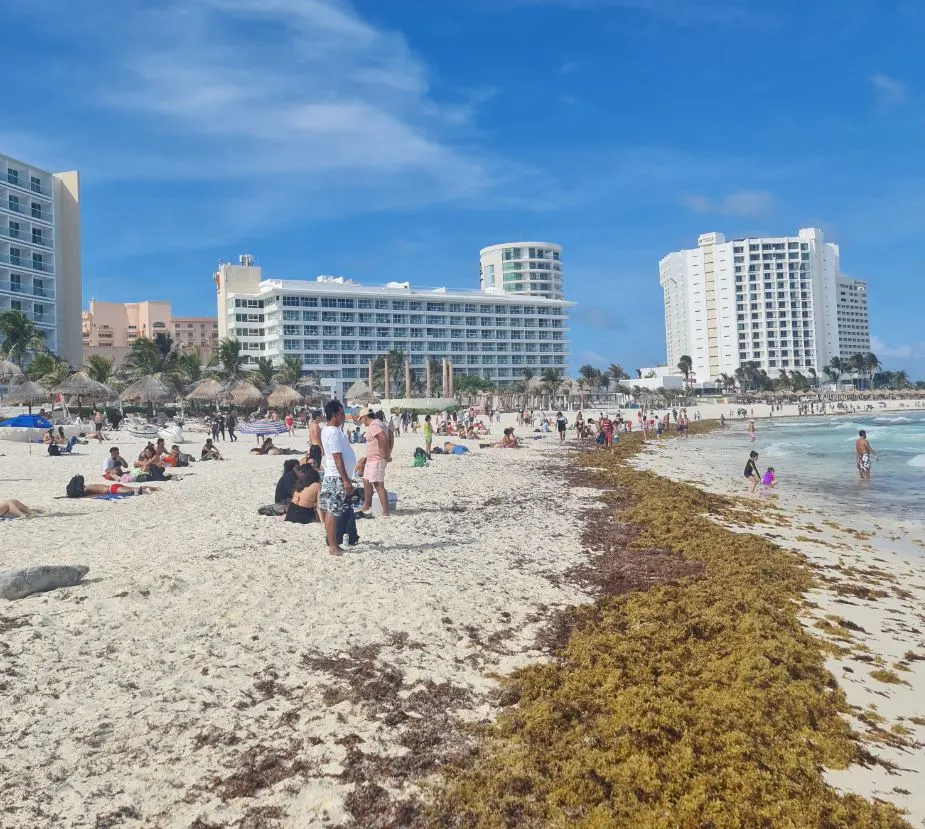
For those unaware of sargassum, the concept may seem trivial. But for those in the tourist industry, it can mean a big loss in numbers.
The type of sargassum is extremely thick and brown, making it an eyesore on otherwise pristine beaches. Many tourists evade the region for this alone, especially in years where greater volumes are anticipated.
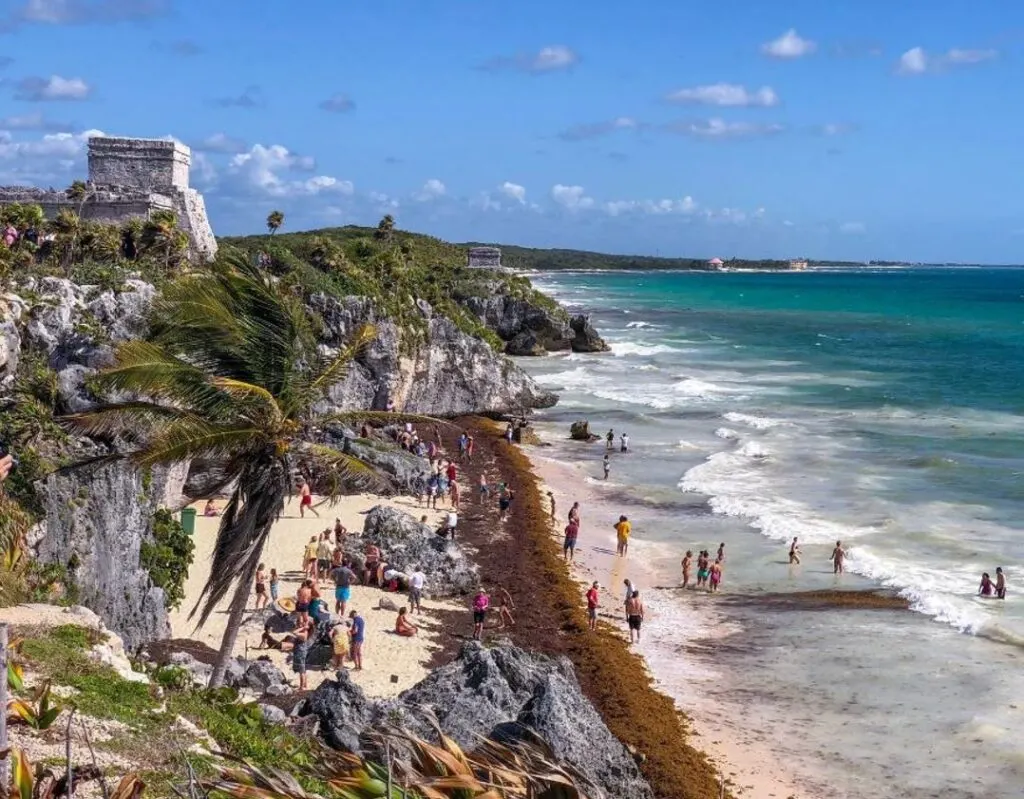
The smell of rotting seaweed is never pleasant for any beachgoer, and the longer the sargassum sits on the beach decomposing in the heat, the worse the smell will be. It omits a smell, not unlike sulfur. The turquoise waters of the Caribbean are affected too. With high volumes of the algae, the once clear blue-green waters become murky and brown.
It has real implications for the environment too. It may seem like a first-world problem for vacationers in the region but in many cases, the seaweed is aggressively eroding the coastline. Some beaches reported as much as 10-meter losses over the course of two weeks in 2021.

To help counter this, many of the beachfront hotels and local councils work together to help try and keep the beaches clean. Some resort to simple methods like hiring workers to spend the day clearing the beach. Others have gone further and invested in machinery to help deal with the problem. Over 25 thousand people signed a petition requesting extra resources be directed at the cities facing the biggest problems with the sargassum.
Many towns send ships out to prevent it from even getting to shore in the first place.
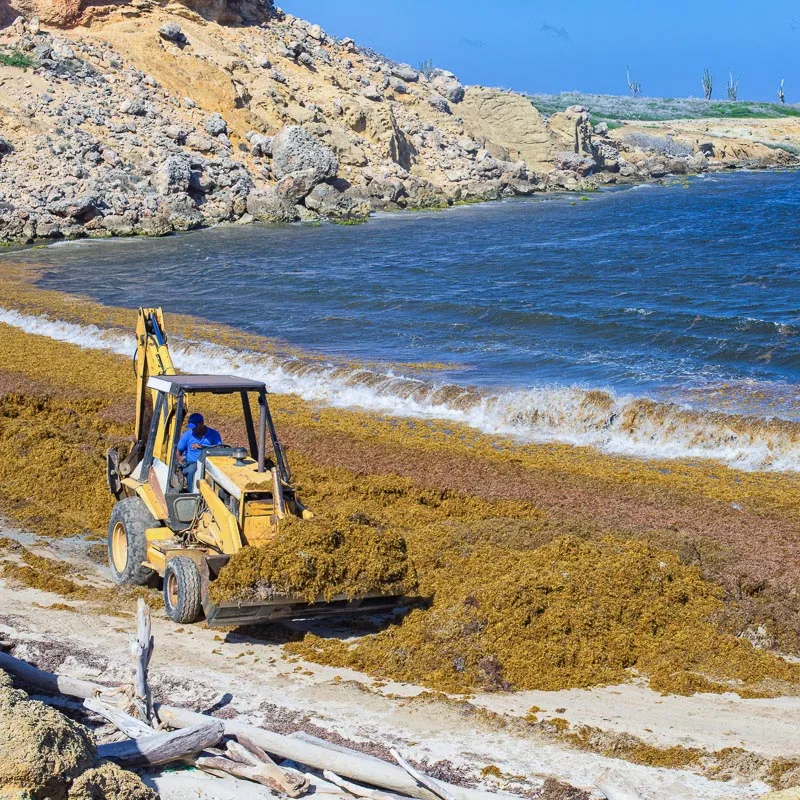
Last year saw a massive amount of sargassum find its way to the beaches of Cancun and other parts of the coast. Typically, the season for the algae falls in the summer, starting mid-April and reaching its peak in May and June. Over 44 thousand tonnes of sargassum were collected in 2021 alone, with around 30,000 of that being picked up in May alone.
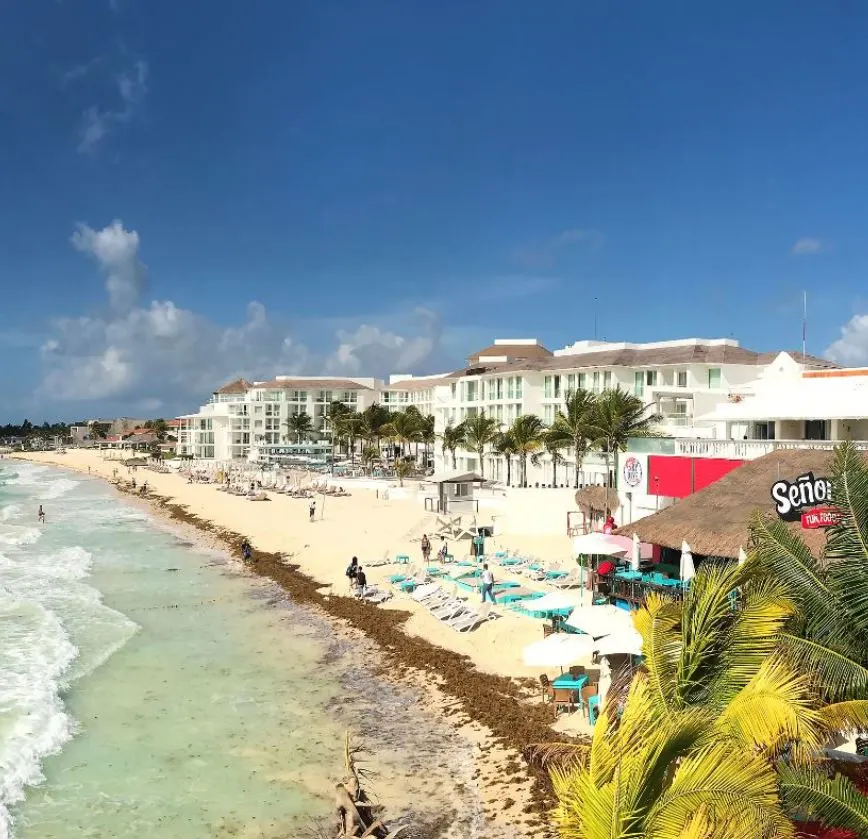
By October and November, the volume has typically decreased drastically to almost nothing. But this year, the same reports from the University of South Florida showed moderate amounts still floating in the Caribbean Sea.
Some beaches are already experiencing moderate overflows of sargassum. Playa Coral, a popular beach for dog walkers, has been reported as being much quieter than usual thanks to the lingering smell of sargassum, and partially damaged coastline. The beach is listed in several reports as being the only beach with “abundant” levels.
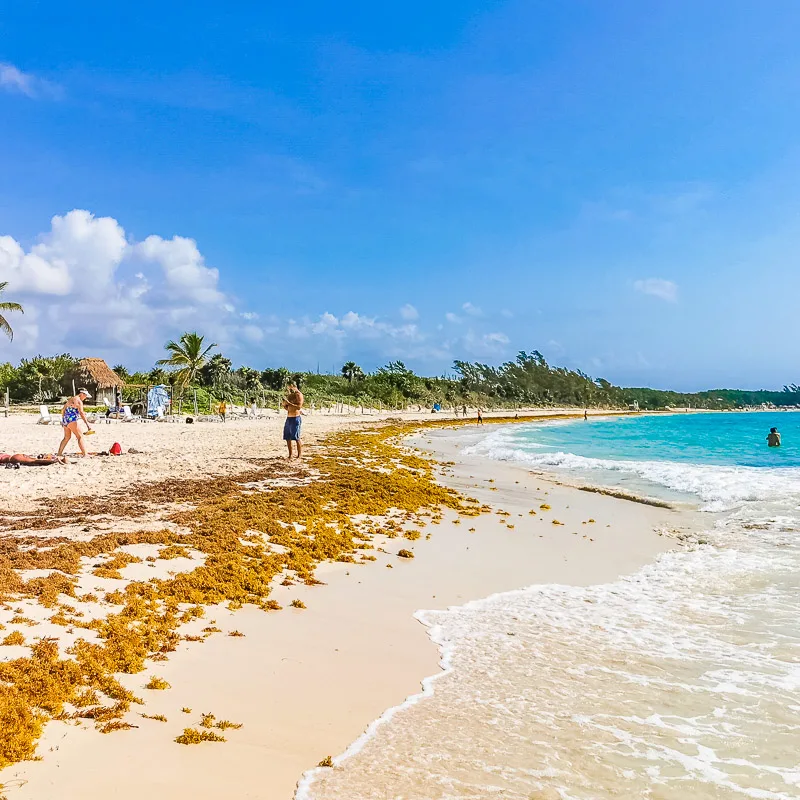
Experts will continue to monitor the algae levels in the area as 2022 moves ahead, but with trends showing a steady increase, and the deforest and sea pollution impacting its prevalence, Cancun and Quintana Roo may have to begin planning earlier than usual.
Tourists on the other hand will have to decide if the trip is worth taking when the beach is unusable.
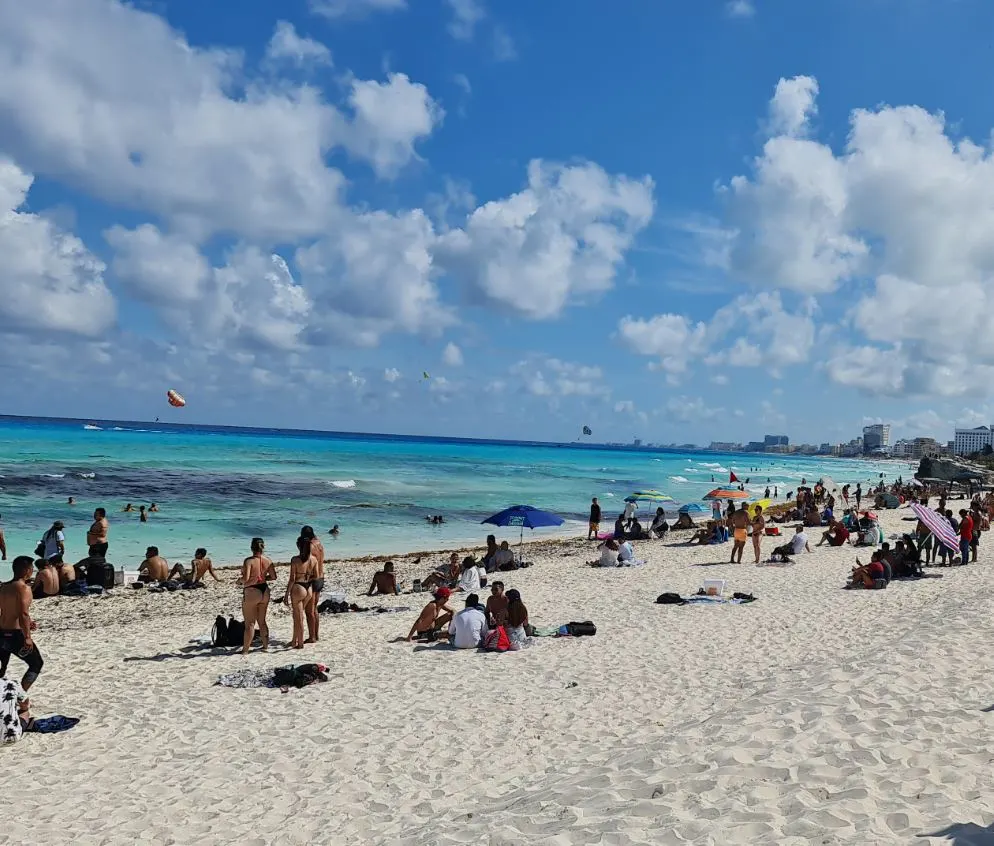
Read More
Cancun Expects Record Breaking Tourism For 2022 With Over 56,000 Flights Scheduled
Travelers Outraged As Tulum Taxi Prices Among Highest In The World
Another Large Hotel Brand Is Opening In Tulum
Plan Your Next Cancun Vacation:
Traveler Alert: Don’t Forget Travel Insurance For Your Next Trip!
Choose From Thousands of Cancun and Riviera Maya Hotels, Resorts and Hostels with Free Cancellation On Most Properties
↓ Join the community ↓
The Cancun Sun Community FB group has all the latest travel news, conversations and tourism Q&A’s for the Mexican Caribbean

Subscribe to our Latest Posts
Enter your email address to subscribe to The Cancun Sun’s latest breaking news affecting travelers, straight to your inbox.
